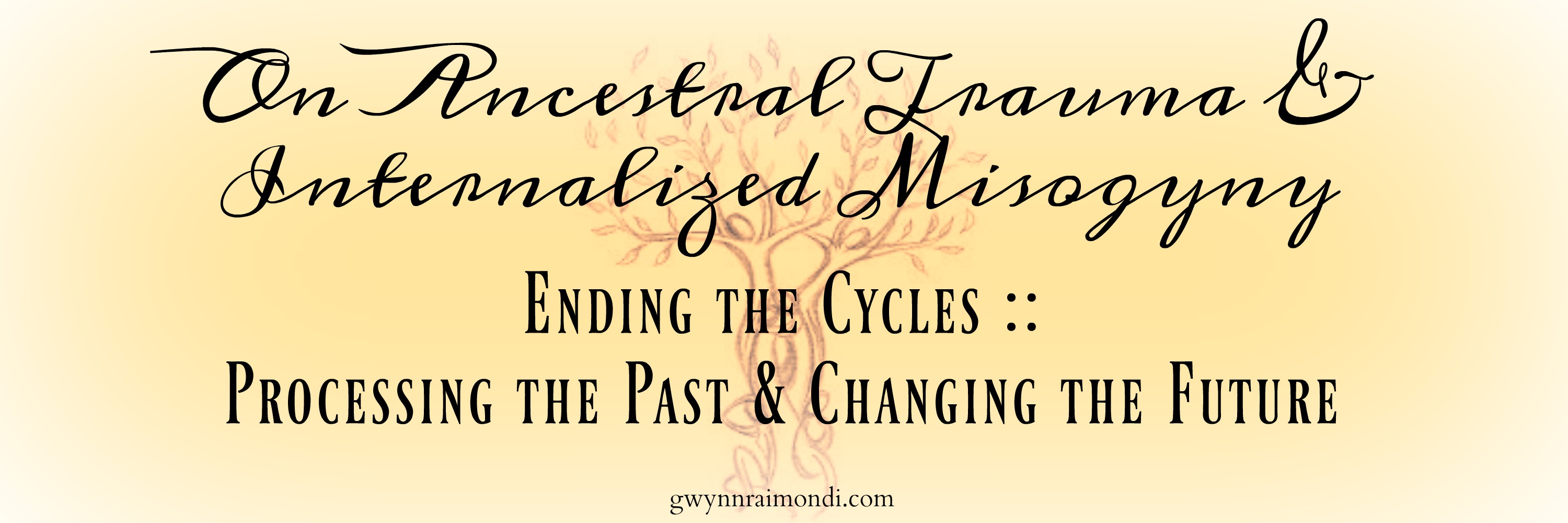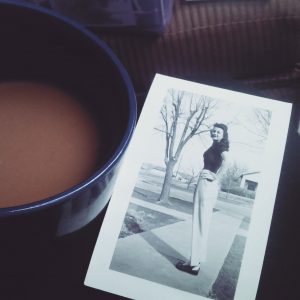We cultivate love when we allow our most vulnerable and powerful selves to be deeply seen and known, and when we honor the spiritual connection that grows from that offering with trust, respect, kindness and affection.
Love is not something we give or get; it is something that we nurture and grow, a connection that can only be cultivated between two people when it exists within each one of them – we can only love others as much as we love ourselves.
Shame, blame, disrespect, betrayal, and the withholding of affection damage the roots from which love grows. Love can only survive these injuries if they are acknowledged, healed and rare. ~Brené Brown, The Gifts of Imperfection
We all carry with us narratives from our families of origin, narratives from our communities, narratives from our greater culture. The stories of how we are too much this or not enough that. The stories about how we should feel shame for what we want, what we do, who we are, that we even exist in the first place.
These narratives didn’t come to us out of the blue. These are stories that have been cultivated for generations and generations, by a greater culture that sees humans as a commodity to be used, but not respected. These stories stem from capitalism, authoritarianism, patriarchy, misogyny. These stories stem from those in power wanting to stay in power and doing whatever they can to keep everyone else in line and doing their bidding.
That is where those stories come from on a meta level. That is how they seep into our communities. Into our families. Into our relationships. Into us.
It is true that our own experiences of abuse feed these stories. Complex trauma only makes those voices louder, only makes the stories seem more true.
And.
I would argue that the abuse of children – sexual, physical, neglect – all stem from this meta source.
Why else would children be beaten if not to be forced to fall in line with the status quo?
Why else would children be molested if not because the abusers were indoctrinated in the idea that children exist to serve others, in any and all capacities?
Why else would children be neglected if the adults weren’t so busy trying to stay alive within a culture that wants to kill them?
I am not dismissing the responsibility of the abusers for their own actions. Regardless of our own experiences of oppression and abuse we are always responsible for how we treat others in the world and whether or not we perpetuate harm.
What I am saying is that these narratives are fed to us from many, many different places. Hearing these narratives is inescapable. If it’s not our family, or our Self that’s telling us how we are too much or not enough and should feel shame, our greater culture definitely is.
These stories are fed to us, from birth. These stories seep into under skin, into our muscles, our sinew, our bones. These stories keep us small, quiet, complicit, compliant.
These stories keep us stuck in harmful (to us and others) patterns and cycles.
These stories impact the ways we relate to others. They have us judging. They have us expecting. They have us assuming. They have us demanding.
These stories keep us disconnected from our Self. Our true self. Our tend, broken open heart, Self. The self that knows, in its very being these narratives are total bullshit. The Self that asks over and over, why do you keep believing these lies?
Because a truth is, we are not too much.
A truth is, we are exactly enough.
A truth is, we get to take up space. And there is plenty of space for everyone.
A truth is, we get to state our wants, whatever they are, without shame.
A truth is, we get to have our boundaries respected.
A truth is, we are exactly enough just as we are.
A truth is, we can do the work of untangling all this cultural indoctrination and trauma.
Let’s do it. Let’s undo the generations of training we have living in our bodies and minds. Let’s begin to feel good in our own skin. Let’s find our ways to connection, real connection, without losing pieces of ourselves in the process.
We can do it. I know we can.
/../
This essay was originally published in my weeklyish newsletter on January 14, 2020. To receive my most recent essays you can subscribe here.
We will be exploring these narratives in my seven week writing course Embodied Writing :: Too much, not enough, & shame. We begin Monday, January 27, 2020. To learn more and register, click here.
 No one is innocent in the tide of history. Everyone has kings and slaves in his past. Everyone has saints and sinners. We are not to blame for the actions of our ancestors. We can only try to be the best we can, no matter what our heritage, to strive for a better future for all.
No one is innocent in the tide of history. Everyone has kings and slaves in his past. Everyone has saints and sinners. We are not to blame for the actions of our ancestors. We can only try to be the best we can, no matter what our heritage, to strive for a better future for all.